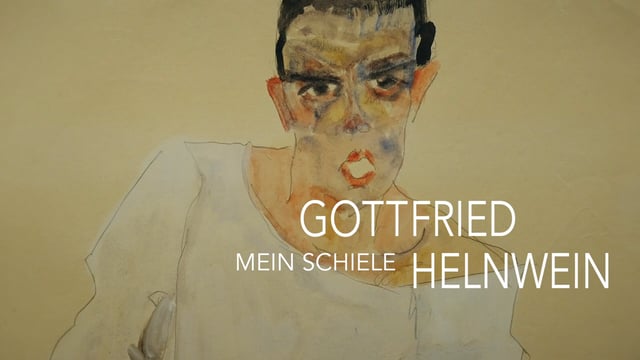Our offer – in the art sector
Audio and video productions as all-inclusive service
Our passion for art and our years of experience in the field of audio and video production enable us to produce complex content in a straightforward, authentic and aesthetically sophisticated way. Our approach stands out by its high committment, flexibility and efficiency.
The CastYourArt full-service offer for artists, galleries, museums, exhibition centers and other players in the art sector includes project development, an experienced storytelling resulting in an credible style, film production and post-production and formats ready to be embeded in various internet media or to be used offline.
If you are interested in CastYourArt‘s editorial coverage with additional benefits, please contact us.
Contact
KA21 GmbH/ CastYourArt
Office Vienna
Stuckgasse 1/2 (LOKAL)
1070 Vienna
Tel +43 1 99 717 21
E-Mail: office[at]castyourart.com
More Info
Newsletter
Subscribe now to the new CastYourArt newsletter








